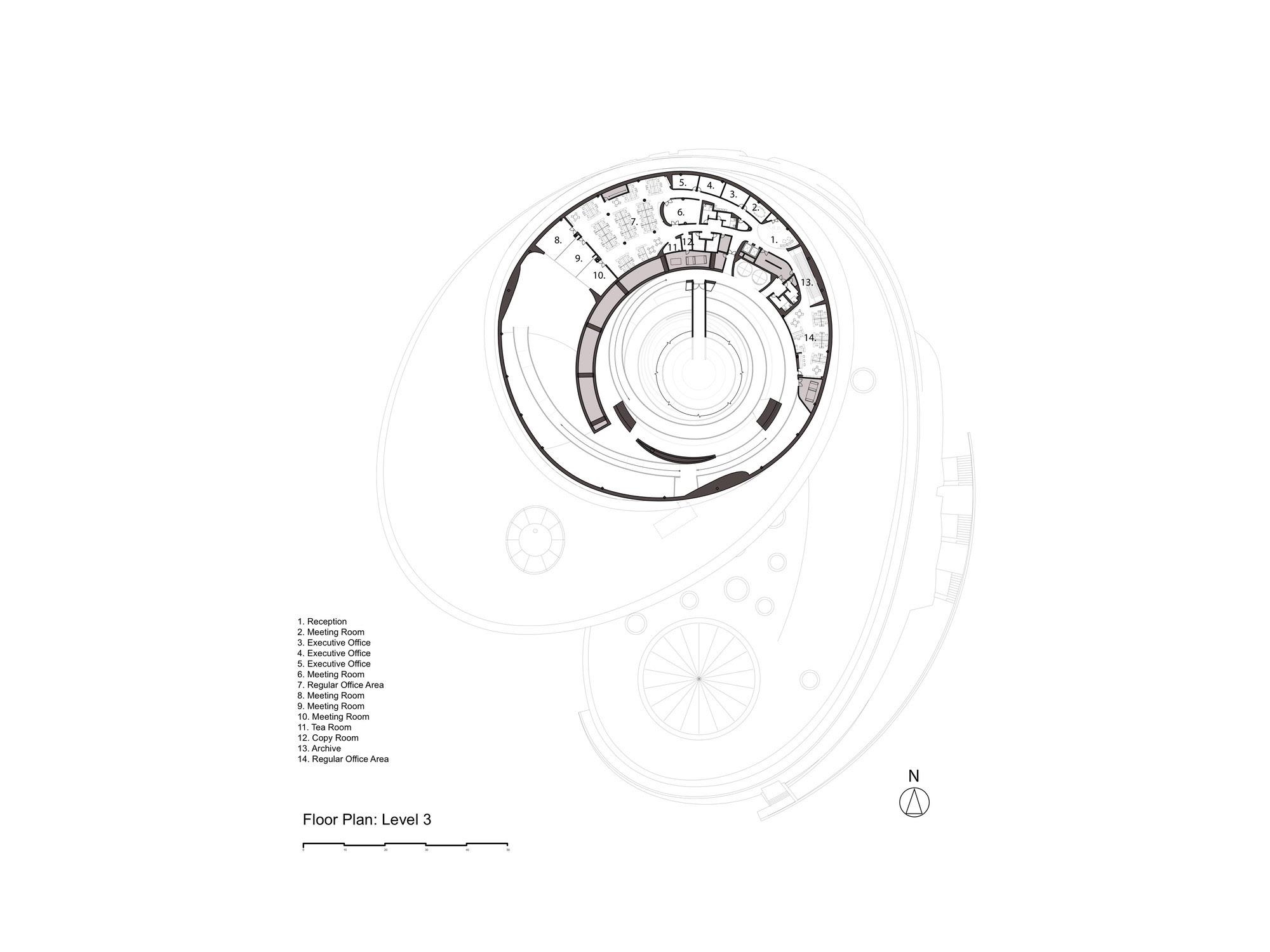Science City



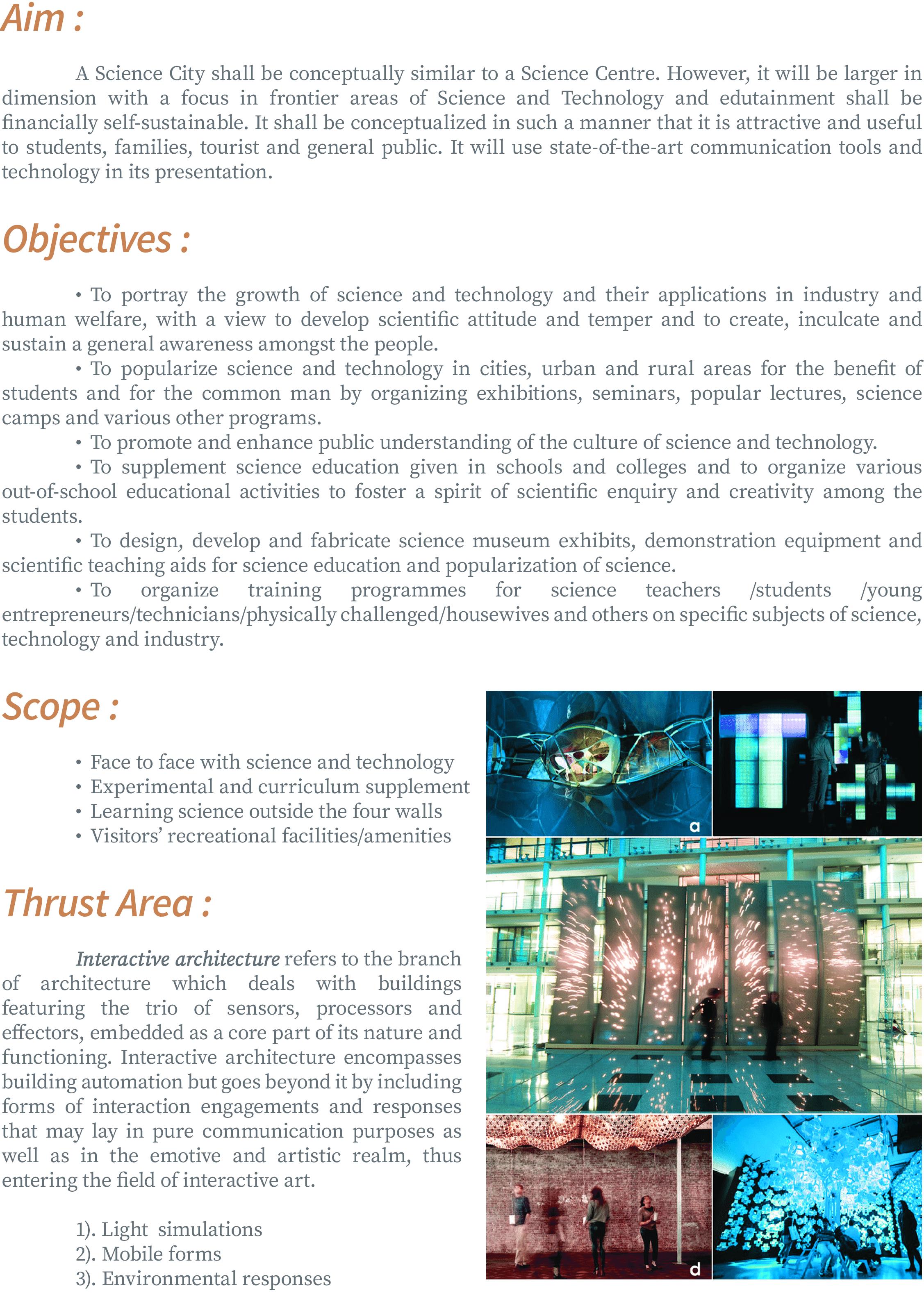



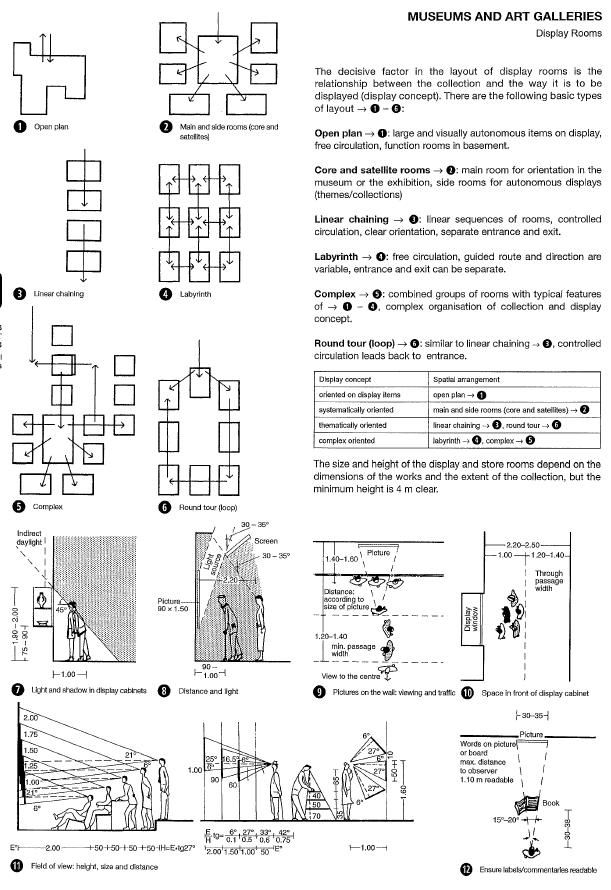





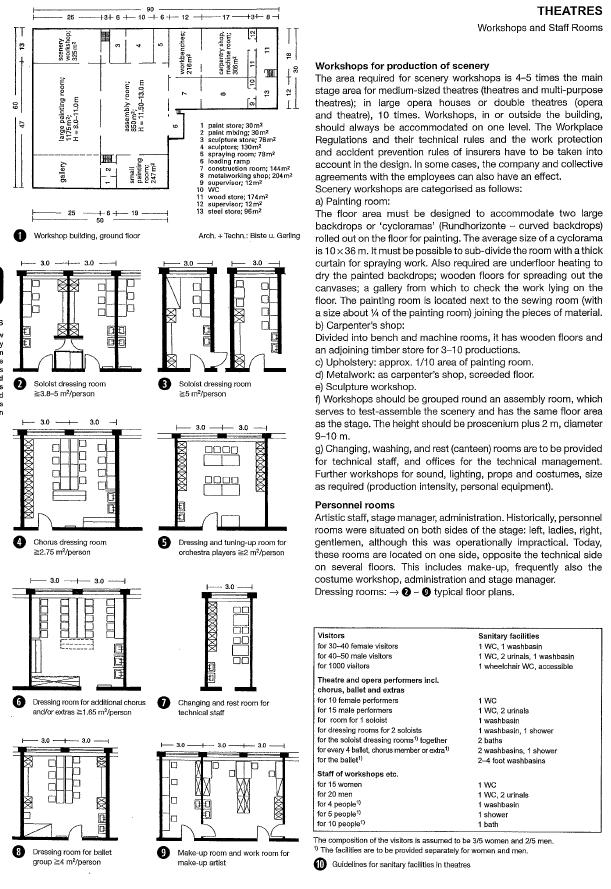




The much anticipated Shanghai Natural History Museum, designed by Perkins+Will’s Global Design Director Ralph Johnson, has opened in Shanghai. The 44,517 square meter museum offers visitors the opportunity to explore the natural world through the display of more than 10,000 artifacts from all seven continents.
The building includes exhibit spaces, a 4D theater, an outdoor exhibit garden, and a 30-meter tall atrium that welcomes visitors with an abundance of natural light filtered through a striking glass wall inspired by the cellular structure of plants and animals.
Inspired by man’s relationship with nature, every part of the museum is open to human interaction, including the green roof that rises up the path. Natural light pours in from all sides, breathing life and soul into the exhibits.
HISTORICAL EVOLUTION
It was basically completed in April 2001; the ninth informal leadership meeting of the Asia-Pacific Economic Cooperation (APEC) was held at the Shanghai Science and Technology Museum on October 21, 2001; the first phase of the show on December 18, 2001 was open to the public.
The second phase of the show was completed on May 14, 2005. The Shanghai Science and Technology Museum has a display area of 65,000 square meters.

CONSTRUCTION LAYOUT

The Shanghai Science and Technology Museum consists of a basement and four floors, with an office building. The spiral shape of the entire building shows the continuous advancement of science and technology. In the middle of the building is a large glass sphere with a symbolic inlaid between a pool of clear water, which symbolizes the birth of life.
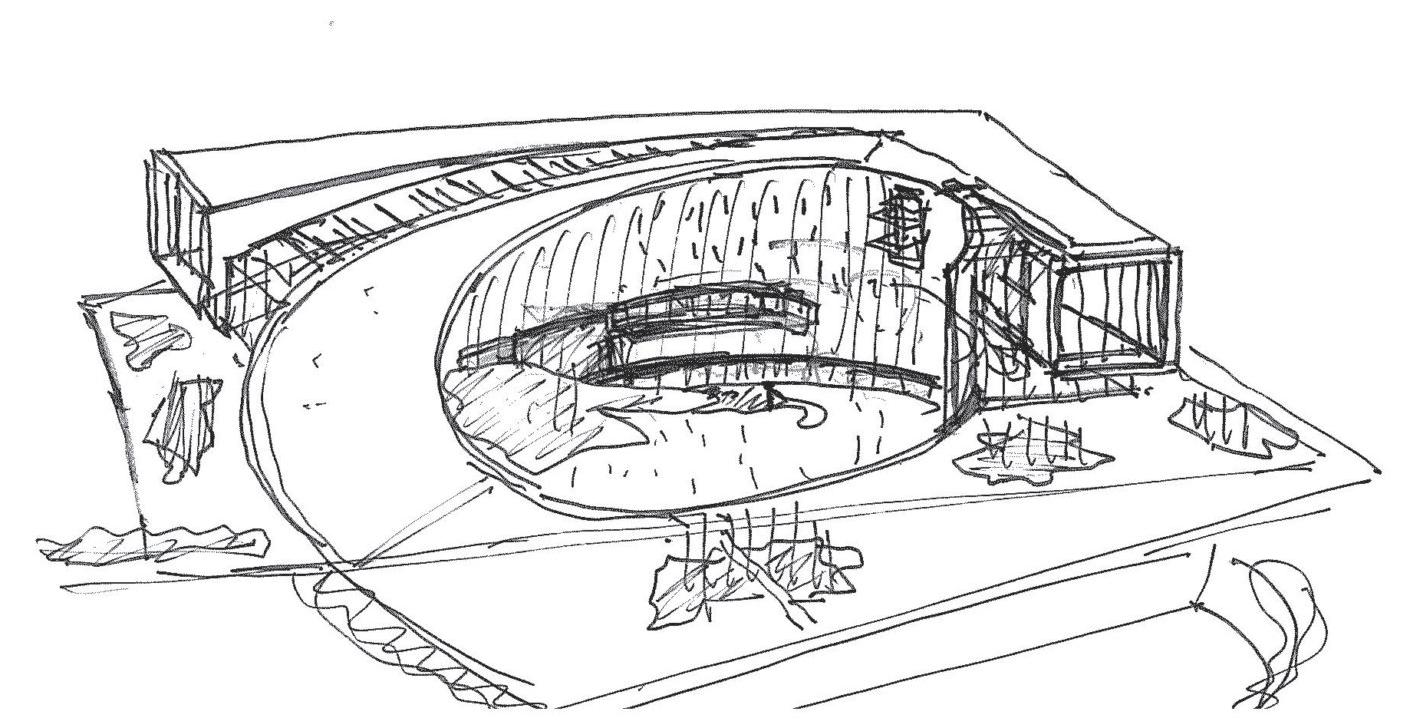
THREE FAÇADES
The three main façade designs reinforce the content of the museum. The central cell wall relates to the cellular structure of plants and animals. The eastern living wall represents the vegetation of the earth’s surface. The northern stone wall suggests shifting tectonic plates, as well as canyon walls eroded by rivers.



The sunken garden and water feature provide a central focus to the entire building which brings diffused daylight to public and circulation areas throughout the design, helping visitor orientation.
CULTURAL REFERENCES
The use of regional cultural references was key to the design – from the courtyard to the screen wall, the design relates to features and themes that we witnessed in traditional garden designs, which we re-interpreted, rather than mimicked.
SUSTAINABILITY
The LEED Gold certified, China Green 3-Star museum is a bioclimatic building which responds to the solar radiation by using an appropriately oriented intelligent building skin to maximize daylight and minimize solar gain. The pond in the oval courtyard provides evaporative cooling while the temperature of the earth provides heating and cooling by using a geothermal system. All of the energy features of the museum are part of exhibits which explain the story of the museum.
PERMANENT EXHIBITIONS

HOME ON EARTH
The boom in population and the rapid growth of productivity have led to a series of ecological environment issues. How can we deal with them? Seek together a harmonious coexistence with nature.
INFORMATION ERA
The development of information technology has greatly changed the way we live, work and study. Technologies like the Internet, image identification, speech recognition, virtual reality and computer simulation are becoming an indispensable part of our life.
WORLD OF ROBOTS
The section is themed “the development and application of robotics” and displays fixed programed robots, intelligent control robots, special robots and common robots etc.. As information technology develops, robots are applied in every aspect of our lives. Now let’s go and see the robots’ skill set.


LIGHT OF EXPLORATION
Science in the 19th century seemed to be developing just fine while more discoveries needed to be unveiled. Human’s exploration pushed on and scientists in the 20th century broke the old chains with their curiosity, courage and wisdom and depicted for us a brand new picture of the world.
HUMAN BEINGS AND HEALTH
Visitors can find out the definition, method and lifestyle of health at the Human Beings and Health area.
SPACE NAVIGATION
The Space Navigation area allows visitors to explore from flying dream dating back to thousands of years ago to models of spaceships.
SPECTRUM OF LIFE
The exhibition area of Spectrum of Life is a miniature of natural scenery of Yunnan in southwest China, which shows the diversity of nature from three aspects: species diversity, ecosystem diversity and gene diversity. The exhibition area is divided into three areas: tropical rain forest, stone forest and residence of the Dai nationality.
ANIMAL WORLD
At the Animal World, visitors will be able to understand how animals from the five continents and four plates adapt to different environments.
CRADLE OF DESIGNERS
Do you happen to know CAD and CAM? Visitors can join some basic design and manufacture activities to experience the fundamentals of modern design and advanced manufacturing.
LIGHT OF WISDOM
A large number of interactive exhibits demonstrate some typical phenomena, basic rules and principles of mathematics, physics, chemistry and biology. Visitors can explore the secrets of science which will help them to improve their operational ability.
CHILDREN’S PLAYGROUND
Kids can gain scientific knowledge in the colorful Children’s Playground.
EARTHCRUST EXPLORATION
Explore the Sapphire of Earth in the solar system and decode the secret of life on earth.
SPECIAL EXHIBITIONS
SCIENCE THEATERS
IMAX 3D THEATER
The IMAX 3D Theater was the first of its kind in China and can hold 441 people. The screen is 18.3m high and 24.3m wide. The IMAX dual projection system asopted to provide stable and high definition image as well as a vivid 3D effect to make you feel the scenery is within reach
IMAX DOME THEATER
The screen diameter at the IMAX Dome Theater is 23m and it can hold 280 people. It uses IMAX Single projector system with stable and clean image. The screen leans 30 degrees forward to warp the audience under the dome to present a strong floating immersive experience
IWERKS 4D THEATER
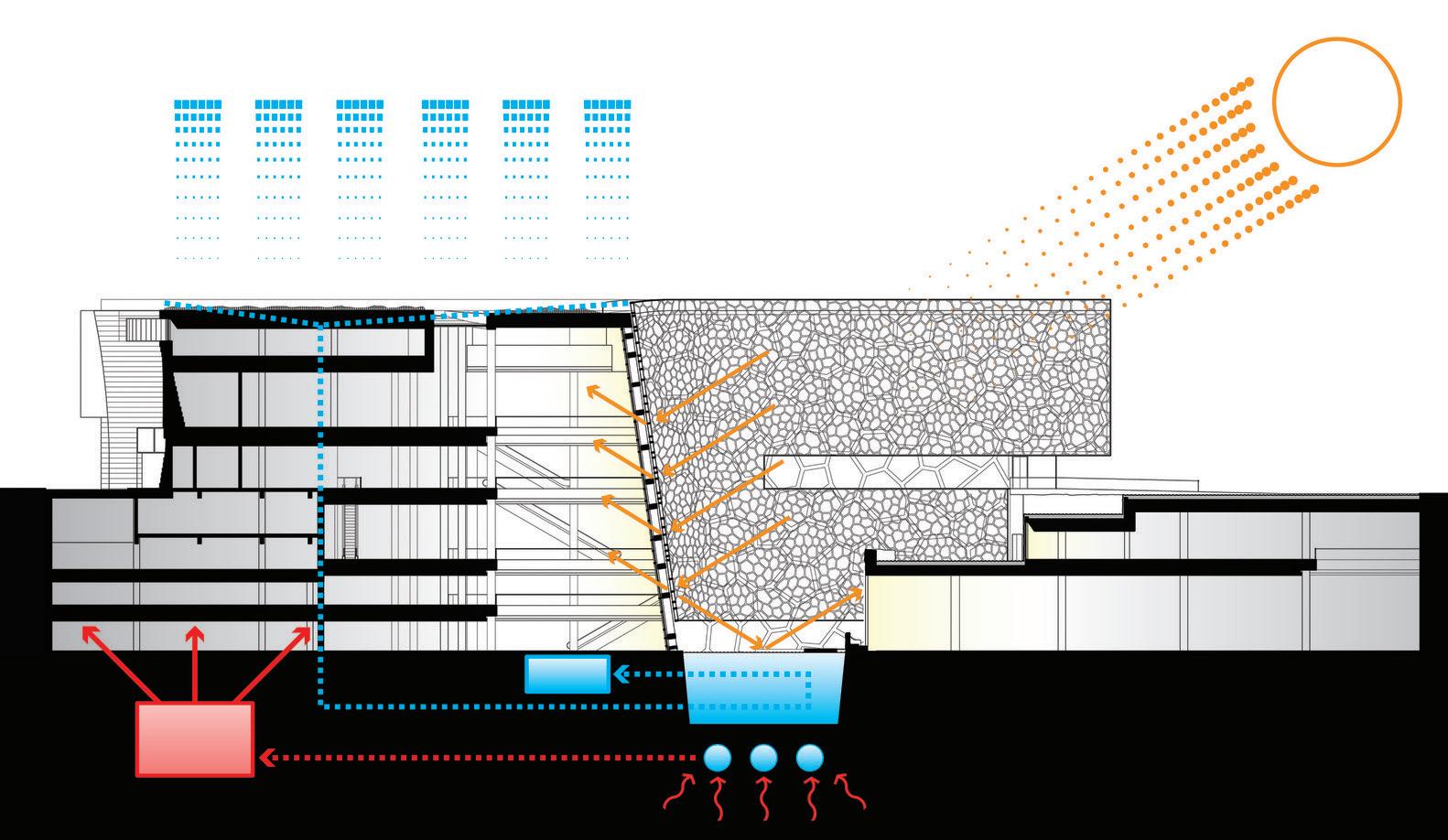
The IWERKS 4D Theater can hold 56 people. Based on 3D image, it has added special effects like water spraying, wind blowing, vibrations, smoke and seat-sinking to work with the movie to make the audience totally absorbed in watching
SPACE THEATER
Space Theater can hold 69 people and is a multimedia dome theater that adopts video stitching, image processing and computer integrated technologies. Audiences are able to experience the excitement and fun sitting in theit chairs while feeling embraced by the universe
CASE STUDYDesigned by Ennead, the monumental new museum creates an immersive experience that places visitors in direct engagement with real astronomical phenomena. Through scale, form, and the manipulation of light, the building heightens awareness of our fundamental relationship to the sun and the earth’s orbital motion.
At 420,000 square feet, the new astronomical branch of the Shanghai Science and Technology Museum will be the largest museum worldwide solely dedicated to the study of astronomy.

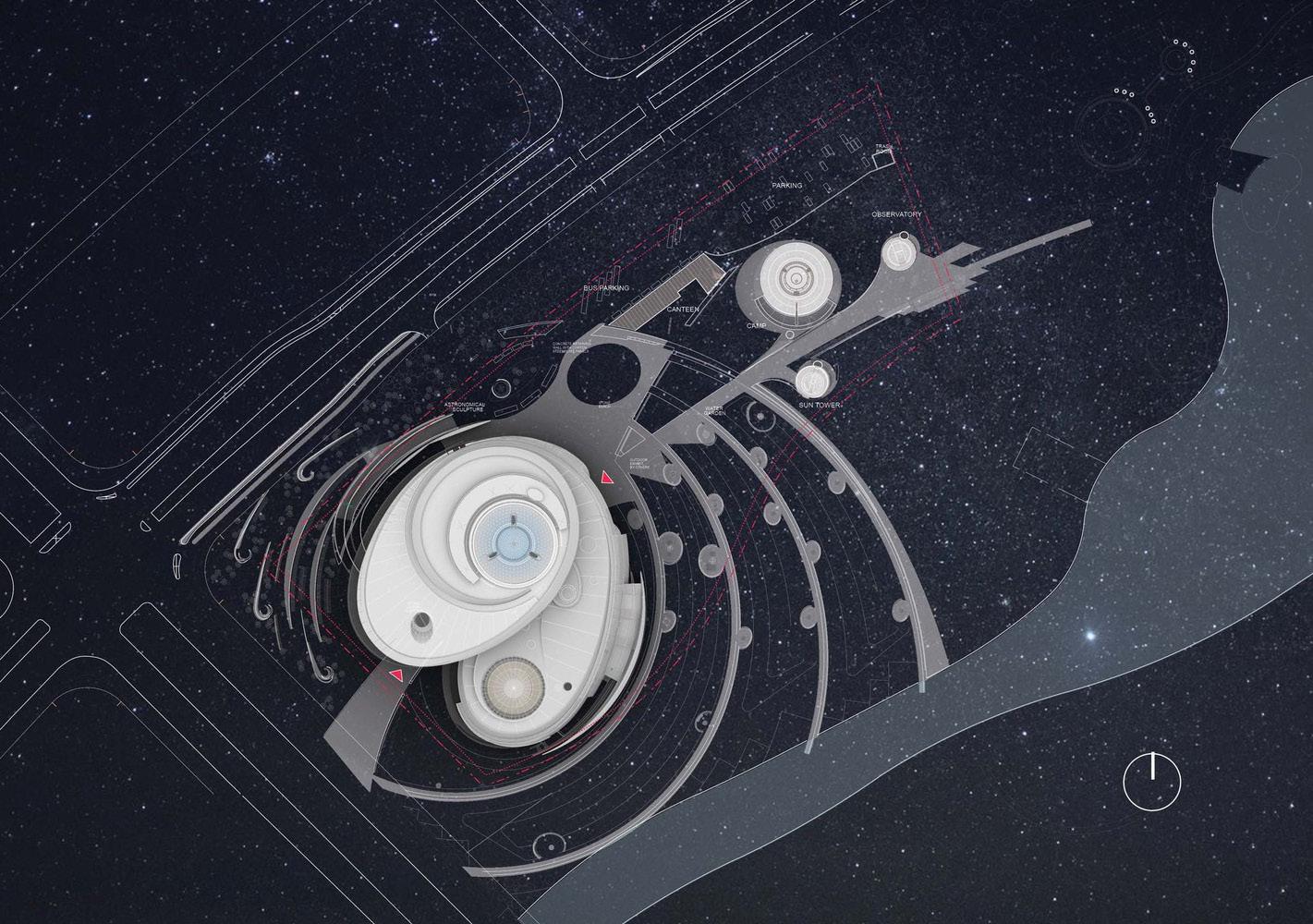

The museum encloses three main exhibition zones—Home, Cosmos, and Odyssey— with the free-flowing architecture encompassing three dominant architectural features: Oculus, Inverted Dome, and Sphere.
IDEA
In linking the new Museum to both scientific purpose and to the celestial references of buildings throughout history, the exhibits and architecture will communicate more than scientific content: they will illuminate what it means to be human in a vast and largely unknown universe.
Drawing inspiration from astronomical principles, the design invokes the experience of orbital motion. Each of the building’s three principal forms – the Oculus, the Inverted Dome and the Sphere – act as functioning astronomical instruments, tracking the sun, moon, and stars and reminding visitors that our conception of time originates in distant astronomical objects.

THE OCULUS
Suspended above the main entrance to the Museum, demonstrates the passage of time by tracking a circle of sunlight on the ground across the entry plaza and reflecting pool. At noon during the summer solstice, there is a full circle, which aligns with a circular platform within the Museum’s entry plaza. The Oculus creates a veritable timepiece in the civic square.
THE SPHERE
The Sphere houses the planetarium theater, which is half submerged in the building. With minimal visible support, it evokes an illusion of weightlessness or anti-gravity. The pure spherical form references the primordial shapes in our universe and, like the orientation we yield from our position relative to the sun or moon, becomes an ever-present reference point for the visitor.
The Sphere derives its shape not only from the requirements of the programmatic element it contains, but as an abstract manifestation of a primary celestial form. Embedded in the roof plane of the lower Museum wing, as if rising out of the Earth-bound horizon, the sphere gradually emerges into view as one rounds the building, the drama unfolding as though one were approaching a planet from one of its moons, allowing visitors to experience it as a weightless mass from below.
THE INVERTED DOME


The Inverted Dome is a large inverted glass tension structure which sits on top of the central atrium of the building at the roof line so visitors can occupy the center of the glass dish with an unimpeded view of the sky.
The culmination of the exhibit journey, this space cuts the view of the horizon and adjacent urban context, and focuses the visitor on the all-encompassing sky – a real encounter with the universe to conclude the simulated experience within. The 720-degree spiraling ramp inside the Museum and underneath the Inverted Dome traces the orbital flow of the visitor sequence throughout the Museum exhibits and launches the eye upward to its apex.




